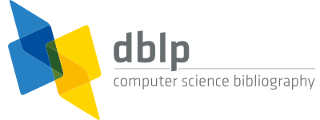A Comparison of Incremental Triple Graph Grammar Tools
DOI:
https://doi.org/10.14279/tuj.eceasst.67.939Abstract
Triple Graph Grammars (TGGs) are a graph-based and visual technique for specifying bidirectional model transformation. TGGs can be used to transform models from scratch (in the batch mode), but the real potential of TGGs lies in propagating updates incrementally. Existing TGG tools differ considerably in their incremental mode concerning underlying algorithms, user-oriented aspects, incremental update capabilities, and formal properties. Indeed, the different foci, strengths, and weaknesses of current TGG tools in the incremental mode are difficult to discern, especially for non-developers. In this paper, we close this gap by (i) identifying a set of criteria for a qualitative comparison of TGG tools in the incremental mode, (ii) comparing three prominent incremental TGG tools with regard to these criteria, and (iii) conducting a quantitative comparison by means of runtime measurements.Downloads
Published
2014-08-18
How to Cite
[1]
E. Leblebici, A. Anjorin, A. Schürr, S. Hildebrandt, J. Rieke, and J. Greenyer, “A Comparison of Incremental Triple Graph Grammar Tools”, ECEASST, vol. 67, Aug. 2014.
Issue
Section
Articles





